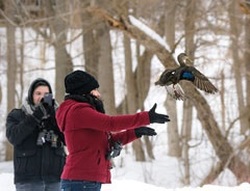 A banded American Black Duck is released by a volunteer at the winter banding event.
A banded American Black Duck is released by a volunteer at the winter banding event.
 A banded American Black Duck is released by a volunteer at the winter banding event. A banded American Black Duck is released by a volunteer at the winter banding event. SUNY Oswego professor and adjunct ESF faculty Dr. Michael Schummer published an article in the recent issue of the New York State Conservationist magazine highlighting the state's annual duck banding open house. At this popular event, members of the public are invited to participate in the banding and release of waterfowl, and to learn about the conservation of American Black Ducks, which have declined sharply in the last half-century. Black Duck populations have faced many hypothesized threats during that time, including loss of forested breeding habitat, overharvest, and competition and hybridization with the closely-related Mallard. However, the exact causes of the decline remain unknown, and biologists have been using banding to better understand changes in survival and abundance across the range of the species. The article ends with a description of Dr. Schummer's newly-initiated Black Duck research project being conducted in collaboration with Dr. Cohen and two ESF Master's students, Adam Bleau and Justin Droke. The project will investigate interactions between American Black Ducks and Mallards during winter on the Finger Lakes. Check out the entire article here: http://www.dec.ny.gov/pubs/104245.html.
Dr. Cohen, post-doc Abby Darrah, and Ph.D. students Amanda Cheeseman, Maureen Durkin, Alison Kocek, and Michelle Stantial traveled to Patuxent Wildlife Research Center in early November to attend a workshop on Advanced Hierarchical Modeling. The course was led by Patuxent's Andy Royle and the Swiss Ornithological Institute's Marc Kery, who are considered some of wildlife science's foremost experts on the subject. Drs. Kery and Royle provided training in the latest statistical methods for estimating wildlife abundance using count, distance, and mark-recapture data. The workshop material is the focus of their upcoming book, "Applied Hierarchical Modeling in Ecology: Analysis of distribution, abundance and species richness in R and BUGS". The instructors lectured for an impressive five straight days, and succeeding in leading the attendees through complex topics, using relevant examples. Lab members got practice conducting analyses and solving problems posed by the instructors using the R package "unmarked", WinBugs and JAGS. Everyone came away inspired to incorporate these state-of-the-art methods in their own research.
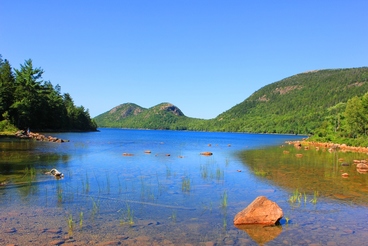 This past August, Dr. Cohen, post-doc Abby Darrah, and M.S. student Melissa Althouse attended the 39th annual Waterbirds Society meeting, held on the beautiful campus of the College of the Atlantic in Bar Harbor, Maine. The meeting included special sessions on oystercatchers and cormorants, and included a new session on passerines, which lab member Alison Kocek helped initiate. Abby presented a poster on her current plover work: “Decision support population modeling for Atlantic Coast Piping Plover recovery: 2015 field season”. She also gave a talk on her previous postdoctoral work during the Aquatic Passerines symposium – “Effects of tamarisk (Tamarisk spp) biocontrol and removal on riparian breeding bird species of the Colorado Plateau”. Melissa drove up from her field sites on Cape Cod to give a talk on her master’s research: “Quantifying the effects of disturbance on staging Roseate Terns (Sterna dougalli) on the Cape Cod National Seashore” as part of a half-day symposium on avian behavior and conservation. Friday, a field trip day, was spent on a pelagic trip offered to participants by Bar Harbor Whale Watch. The boat cruised by several near-shore islands as well as Mt. Desert Rock, located 22 miles offshore. It was a fantastic trip, and highlights included numerous Wilson’s Storm-Petrels, Great Shearwaters, several species of skuas and jaegers, many Ocean Sunfish, and a porbeagle shark basking near the ocean surface next to the boat. The meeting wrapped up with a lobster banquet and the society’s traditional evening social and swim; Abby joined the many Waterbirds members brave enough to jump into the 55-degree waters of Frenchman Bay. In September, Abby and Research Associate Michelle Stantial attended the Western Hemisphere Shorebird Group meeting, as well as the pre-conference workshop on Piping Plover life cycle linkages. The meeting was held on the eastern shore of Virginia, at the Chincoteague Bay Field Station. To foster international collaboration, participants could give presentations in either English or Spanish, with translators in every room to provide translations in real-time which were broadcast into headsets available for participants. Michelle presented a poster based on her M.S. work titled “Automated telemetry for monitoring nocturnal behavior of breeding Piping Plovers on the Atlantic Coast”. Abby gave a presentation on her current work, titled “Decision support population modeling for Atlantic Coast Piping Plover recovery” in the Decision Analysis symposium. One morning plenary, given by Ted Simons on American Oystercatcher ecology, was held at Chincoteague National Wildlife Refuge, and there were early morning field trips to the refuge, which coincided well with fall songbird migration.
M.S. student Melissa Althouse recently finished up her second field season studying staging Roseate Terns on Cape Cod, MA. Melissa reports a successful field season, and shares a few highlights and photos. "We had a very eventful season. On top of exceeding my expectations in the amount of data collected, we managed to witness a great white shark attacking a seal off the coast of Monomoy NWR, get stranded in a hurricane with 72mph winds, see all the whales we could possibly wish for, watch a flock of over 8,000 shearwaters feeding, and make sure that EVERYONE on the team had some wonderful additions to their life-lists. I was very fortunate to have an amazing team to work with for my last field season. I met a lot of great people out on the beach, and will surely be missing Cape Cod next summer!" Melissa's work involves patiently watching mixed flocks of staging terns at several sites around Cape Cod and recording information about their behavior and their responses to potential sources of disturbance, like people, boats, and predators. Melissa's M.S. project is focused primarily on endangered Roseate Terns, but other species such as Common Terns, Least Terns, and Royal Terns (among others) stage with Roseate Terns and are part of her observations. Melissa and her field crew also resight color banded Roseate Terns as part of a larger effort to collect information about their demographics and movements. SUNY ESF's portion of the Roseate Tern work is part of a larger research study with partners and cooperators from the Karpanty Lab at Virginia Tech, USGS Patuxent Wildlife Research Center, Cape Cod National Seashore, Mass Audubon, and Monomoy National Wildlife Refuge. We also owe a special thank you to the field technicians that have worked on the disturbance project- Serina Brady, Loren Gallo, Jenna Correia, and Jenna May.
Photo: Shannon Buckley Luepold A collaborative study among SUNY ESF, the Maine Department of Inland Fisheries and Wildlife, and New Hampshire Audubon has documented evidence on factors that limit the abundance and reproductive success of Rusty Blackbirds. These inhabitants of the Northern Forest of North America have experienced sharp population declines in recent decades. Timber harvest practices and predation by red squirrels have been hypothesized as causes of the decline. Shannon Buckley Luepold, who received her M.S. in 2013, led the project which was recently published in The Condor. Dr. Cohen served on Shannon's committee and was a co-author on the study. Shannon spent two field seasons in the Maine wilderness searching for nests of this elusive species during her time at ESF. She demonstrated the importance of small conifers and low canopy closure for nest site selection, and did not find evidence that nests in harvested stands experienced reduced nest survival. However, blackbird nests survived at a higher rate with increasing forest stand basal area, implying that pre-commercial thinning could be detrimental for Rusty Blackbird populations. She also found red squirrels to be the most common source of nest depredation in a year following high mast production. Shannon's research has been highlighted by The Wildlife Society and BirdwatchingDaily. Photo: Shannon Buckley Luepold
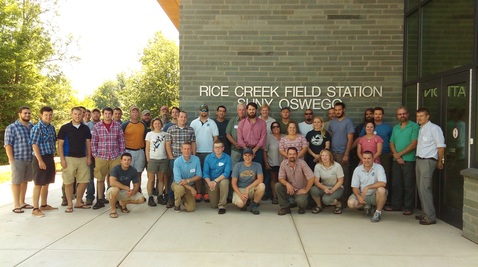 New York Waterfowl and Wetlands Collaborative Network workshop participants. New York Waterfowl and Wetlands Collaborative Network workshop participants. Wildlife managers and scientists from across New York gathered in July to share research findings and to discuss information needs for the conservation of freshwater wetlands, waterfowl, and other marsh-dependent birds. Jonathan Cohen, ESF adjunct professor Michael Schummer, and their incoming graduate students Justin Droke and Adam Bleau participated in the 2-day workshop that was funded by the SUNY 4E Networks. The ESF team will be embarking on a project with the New York DEC this year to examine the winter ecology of mallards and the American black duck. The latter has seen ongoing population declines over the last 60 years. 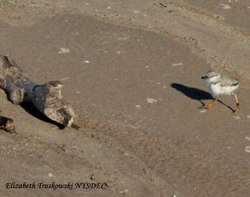 Each piping plover chick received colored legbands that identify the location where they hatched. The chick pictured here is 6 days old. Each piping plover chick received colored legbands that identify the location where they hatched. The chick pictured here is 6 days old. By the early 1980's, habitat loss, human disturbance, and increasing predator populations combined to make the beaches of the Great Lakes unsuitable for nesting by the piping plover. The entire region contained only 16 nesting pairs when the species was placed under the protection of the Endangered Species Act in 1985, and after 1984 the species completely disappeared from Lake Ontario except during migration. Thanks in large part to conservation efforts led by Dr. Francie Cuthbert at the University of Minnesota, there are now 70 nesting pairs in the Great Lakes and piping plovers are starting to expand into deserted portions of their former range. In 2015, for the first time in 31 years, piping plovers nested on the shores of Lake Ontario. Under the protection of the New York DEC, two eggs hatched at the eastern end of the Lake and one of the young survived the dangerous 25 days from hatching until first flight. At the invitation of Dr. Cuthbert and the DEC, Dr. Cohen and members of his lab placed colored legbands on the chicks. We will now be able to identify the fledgling when, hopefully, it has a nest of its own. In this way, the growth of the recovering Great Lakes population can be tracked and further opportunities to protect habitat can be identified.
Ph.D. student Maureen Durkin's work using tiny radiotransmitters to identify sources of Snowy Plover chick mortality in the Florida Panhandle received mention in the recent "Gulf Issue" of Audubon Florida's quarterly magazine. The radiotelemetry is part of a larger project, in collaboration with partners at the Gulf Islands National Seashore and Audubon Florida to understand the impact of roadways on Snowy Plovers and other wildlife at the park. _
Interdisciplinary Team Receives Grant to Use Genetic Methods for Studying Animal Dispersal3/26/2015
New England cottontails may disperse to new habitat in long distance movements of 100 meters or more, or may slowly bud a new home range off their existing one if there is adequate local habitat. Amanda will use radio-telemetry to quantify rates of long distance dispersal. To examine rates and spatial patterns of budding, she will compare DNA in pellets gathered during winter surveys to DNA in tissue collected from young and adult rabbits captured in the summer. Understanding dispersal patterns in this imperiled species is critical for planning restoration and protection of their habitat. The other researchers on the proposal were Dr. Christopher Whipps, a parasitologist and geneticist at SUNY-ESF, and Dr. Sadie Ryan, a spatial ecologist at the University of Florida.
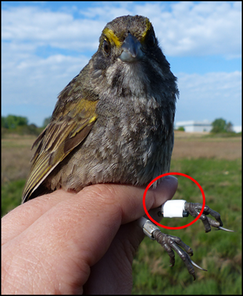 Adult Seaside Sparrow in NY with a passive integrative transponder (PIT) tag attached to a color band on its left leg. Adult Seaside Sparrow in NY with a passive integrative transponder (PIT) tag attached to a color band on its left leg. PhD student Alison Kocek, along with collaborators at the University of Maine, piloted a study in 2014 involving the application of PIT (Passive Integrative Transponder) tags to tidal-marsh sparrows within New York City and southern Maine. During previous field seasons, multiple recaptures of sparrows (systematically and at nests) throughout the field season led to trap avoidance and possibly increased the risk of nest abandonment by adult sparrows. To reduce both of these potential problems, Alison chose to attach a PIT tag to a nesting birds’ color band as a novel way to allow researchers to passively identify birds attending a nest. These tags do not require a power source, are light weight (0.1g), and remain with the birds for their entire lifespan. This reduces potential negative impacts from frequent handling of birds, while allowing researchers to collect more information with less effort than traditional recapture methods. Alison and fellow researchers applied tags (using epoxy and electrical tape) to the color bands of female saltmarsh sparrows (ME and NY), Nelson’s Sparrows (ME) and hybrids (ME), and male and female seaside sparrows (NY) captured throughout the 2014 field season. She also banded male seaside sparrows with PIT tags because they are known to occasionally aid in feeding young and are notoriously difficult to capture during targeted netting at nests. Tags were applied to 88 individuals in New York and 84 in Maine. Once several individuals were tagged at a study site, researchers began placing RFID (Radio Frequency Identification) reader antennae next to active nests for 15-minute intervals to determine which individuals were attending nests. To confirm that RFID readers were only capturing the IDs of the attending adult and not another bird passing by, a subset of these same nests were later targeted for netting. In all instances where targeted netting resulted in a capture, individuals trapped in nets were the same individuals whose PIT tag ID was recorded by the RFID reader at the nest. Also, in every instance that an RFID Reader was unable to obtain the PIT tag ID of an individual, target netting determined that the attending individual was not marked with a PIT Tag. Thus, these data demonstrated 100% PIT tag readability and accuracy during the 2014 field season in both New York and Maine. Alison plans to continue this work in 2015, and will tag new individuals as well as examine return and retention rates for previously tagged birds. Alison and Dr. Cohen conduct this research as part of the Salt Marsh Habitat and Avian Research Program (SHARP), a collaborative effort among several universities and agencies in the Eastern U.S. SUNY ESF’s portion of the project is funded by the U.S. Fish and Wildlife Service's Hurricane Sandy recovery program. Congratulations to Michelle Stantial, who successfully defended her M.S. thesis on December 3rd, 2014, and received her degree. Michelle's thesis was entitled, "Flight Behavior of Breeding Piping Plovers: Implications for Risk of Collision with Wind Turbines," which was funded by the U.S. Fish and Wildlife Service and the Conserve Wildlife Foundation of New Jersey. The study was intended to address the potential impacts of coastal wind power development on an endangered species nesting along the Atlantic coast. Using flight data, the study predicted that the total number of piping plovers killed per breeding season (adjusted for 98 percent avoidance) could range among study sites from 0.01 to 0.29 for a small-scale residential turbine, 0.03 to 0.99 for a medium-sized turbine, and 0.06 to 2.27 with a large,utility-style turbine, and that collision risk was directly related to habitat configuration The risk assessment was aimed at providing wildlife managers a useful tool when making determinations throughout the permitting process as to whether or not piping plovers would be negatively impacted if turbines were to be built at or near nesting beaches.
Graduate student Alison Kocek gave a video interview to Fios1 News about the ecology of Marine Nature Study Area, a salt marsh preserve in Oceanside, Long Island New York. As part of her Ph.D. research, Alison is studying the response of Saltmarsh Sparrow and Seaside Sparrow habitat and populations to changing habitat and human-related threats. These birds are critically imperiled, because they are 100% reliant on salt marshes which have declined drastically in extent due to human development and sea level rise.
You can watch Alison's interview here: http://www.fios1news.com/longisland/node/75761#.VGZU_ih8a25 The recent edition of the New York State Parks publication "Nature Times" details research being done by Ph.D. student Amanda Cheeseman on predator communities in New England cottontail habitat. Amanda and her research team are using camera traps and avian point surveys to compare occupancy rates of predators among different potential cottontail habitat areas. Her research will inform restoration efforts currently planned by the agency.
New England cottontail research highlighted by The Young Forest Project and NewEnglandCottontail.org8/27/2014
The research of Ph.D. student Amanda Cheeseman was featured in an article on habitat restoration at Cranberry Mountain Wildlife Management Area in eastern New York. The article was cross-posted on websites for the Young Forest Project, dedicated to conservation issues for early-successional forest, and NewEnglandCottontail.org which focuses on this imperiled species. Amanda's study examines the relative importance of habitat quality, including invasive plant species, and competition with naturalized Eastern cottontails in driving populations of New England cottontails. She will be able to look at the response of the rabbits to newly-created habitat, such as the restored areas within Cranberry Mountain.
Graduate student Maureen Durkin's project evaluating the impacts of road mortality to the Snowy Plover population and other wildlife at Gulf Islands National Seashore, FL was featured in a piece urging local beachgoers to be mindful of nesting birds this holiday weekend. Audubon Florida and the National Park Service also highlighted the importance of respecting wildlife by following speed limits in the park, staying away from posted nested areas, and keeping pets off the beach. Maureen is conducting her dissertation research at Gulf Islands, where mortality of shorebirds and other wildlife on park roads is an ongoing issue of concern. Ultimately, this research aims to quantify road mortality and identify contributing factors to provide information that may aid the National Park Service in balancing management of shorebird populations and recreational use. Check it out here.
Ph.D. Student Amanda Cheeseman wins Best Poster at American Society of Mammalogists Meeting6/11/2014
Graduate student Amanda Cheeseman won Best Overall Poster at the 94th Annual Meeting of the American Society of Mammalogists in Oklahoma City, Oklahoma this week. Amanda's poster was entitled "Survival and home range of New England Cottontail (Sylvilagus transitionalis) in response to hunting, competition, and habitat composition", and details the results of her first year of her dissertation research on cottontails in New York State. Congratulations on this well-deserved honor, Amanda!
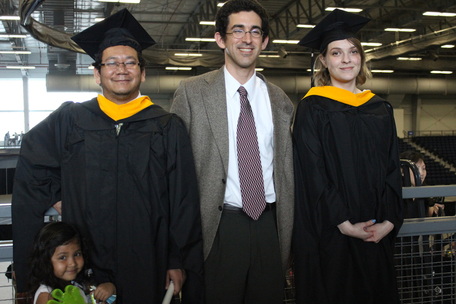 Congratulations to our first two lab alumnae, Anand Chaudhary and Laurel Nowak-Boyd! Both presented a capstone seminar on their work to the department and successfully defended their M.S. theses this May, then participated in graduate ceremonies shortly thereafter. Anand's thesis is entitled "Avian Community Composition, Blood Mercury, and Chromium in Onondaga Lake Waste Beds". Anand collected on the bird community at Onondaga Lake, in Syracuse, which was severely polluted with PCBs, heavy metals, and other chemicals by nearby industry until the late 80s. A massive clean-up effort has been underway at Onondaga Lake and the Solvay waste beds since 2007. He conducted point counts to determine community composition at the waste beds, and mist-netted birds to collect blood samples for toxicological analysis. Anand found higher mercury in song sparrows at the waste beds than at a nearby reference site, but except for a few individual birds median mercury was below levels known to affect avian reproduction. He also found that the diversity and abundance of songbirds was high on the waste beds, which have become naturally vegetated with a mix of scrub-shrub, forest, and grassland. Laurel's M.S. research, entitled "Estimating Occupancy and Abundance of Ring-Necked Pheasants in Western New York", was funded by the NY Department of Environmental Conservation (DEC), and aimed to establish better methods for monitoring and counting pheasants, which are a popular game species in NY. Laurel conducted call surveys of pheasants in the region alongside DEC biologists to test the effectiveness of these methods for estimating abundance of the wild pheasant population and to determine factors that affect abundance and distribution. She found that occupancy and density of pheasants was related to grassland cover, human development, and linear density of hedgerows and that density declined slightly over the three years of the study. Her results will be used to plan future monitoring and to inform habitat management. Anand has been accepted into a Ph.D. program in Wildlife Biology at Baylor University, which he will begin in the fall. Laurel is currently working on manuscripts for publication, and looking forward to searching for permanent positions later this summer. 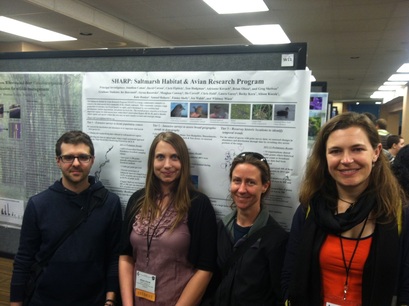 Photo: Margie Brenner/USFWS Photo: Margie Brenner/USFWS Ph.D. student Alison Kocek's research on Saltmarsh and Seaside Sparrows in the greater New York City area was featured in a U.S. Fish and Wildlife Service article about different projects that are studying how bird communities have been impacted by Hurricane Sandy. She was featured alongside her colleagues at SHARP (Saltmarsh Habitat and Avian Research Project), a multi-agency group of collaborators studying the conservation of tidal marsh birds. Check out the article here. Nice work Alison! 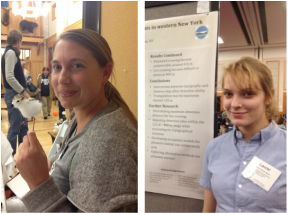 Grad students Alison Kocek and Laurel Nowak-Boyd recently won competitive travel awards from SUNY ESF's Office of Instruction and Graduate Studies to present their work at conferences. Alison received $500 towards attendance at the International Ornithological Congress in Tokyo, Japan in August. In Japan, she will be presenting results from her work on Saltmarsh and Seaside Sparrows nesting in New York City marshes. Laurel received $300 for the Northeast Fish and Wildlife Conference in Portland, Maine this April, where she will present on her recently completed study of Ring-necked Pheasants in Western New York. Congratulations, ladies! 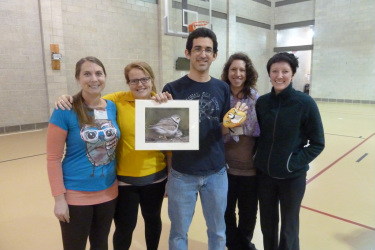 Dr. Cohen and grad students Michelle Stantial, Alison Kocek, Maureen Durkin, and Melissa Althouse attended the 2014 Atlantic Coast Piping Plover and Least Tern Workshop at National Conservation Training Center in Shepherdstown, WV this month. Dr. Cohen helped present the results of a structured decision making workshop for Piping Plover nest exclosures that he and Alison participated in this past December. Michelle presented initial results and conclusions from her study on Piping Plover flight behavior on the Atlantic Coast. Her work aims to identify whether proposed wind turbines placed within Piping Plover breeding areas will impact the birds during flight. As wind energy gains popularity, this issue is relevant for site managers across the breeding range, and her presentation was met with much interest. Maureen presented a poster on plover and tern road mortality in Florida. The whole lab group competed against eight other teams of piping plover scientists and managers in the 1st annual Piping Plover Olympics, which included trivia, a relay, logic puzzle, and band resighting events. After a tough competition, clinched by Dr. Cohen's rousing dramatic reenactment of a broken wing display, the ESF team took home the gold medal (shell). Lab members participate in structured decision making workshop for Piping Plover management1/8/2014
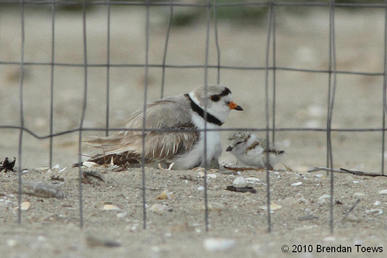 Source: naturecanadablog.blogspot.com Source: naturecanadablog.blogspot.com In December, Dr. Cohen and grad student Alison Kocek participated in a structured decision making workshop at the National Conservation Training Center in Shepherdstown, West Virginia focused on the use of nest exclosures for management of the federally-threatened Atlantic Coast piping plover. Exclosures are a common management technique for preventing predation of eggs, but some predators may use them to trap and kill nesting adults, or may harass adults leading to abandonment of the nest. The workshop was attended by three ecological modelers from the U.S. Geological Survey and several biologists and wildlife managers from Maine to Maryland. The participants built a population model for the piping plover, to serve as a basis for understanding the tradeoff in population growth rate between reduced egg predation and increased abandonment and adult mortality due to exclosures. The workshop team completed a prototype model, identified optimal decisions for exclosure use under different values for the model parameters, and set forth a plan for addressing uncertainties in the model that included presentation of the prototype to a wider audience for review and feedback. Dr. Cohen has received funding from National Fish and Wildlife Foundation's Gulf Environmental Benefit Fund to continue studying wildlife road mortality at Gulf Islands National Seashore, FL. The National Fish and Wildlife Foundation (NFWF) received 2.5 billion dollars as the result of a plea agreement resolving the criminal case against BP for the 2010 Deepwater Horizon Oil Spill. This fund will be directed towards projects that will benefit the Gulf Coast's natural resources over the next five years. SUNY ESF collaborated with Audubon Florida to submit a proposal for the first round of funding in November 2013, which was successful. Preliminary results from a summer 2013 pilot study funded by the National Park Service found road mortality of shorebirds and seabirds at Gulf Islands National Seashore is likely higher than previously counts indicated, and that beach mice and reptiles are also affected. This study will also build on prior work on this site and continue to investigate snowy plover survival and reproductive success. This will allow for determination of the impact road mortality may have on snowy plovers at the population level.
Current lab member Maureen Durkin, who has spent the past 2.5 years working on her M.S. on human disturbance to snowy plovers at several sites in Florida, including Gulf Islands, will take on this project for her Ph.D. Maureen carried out the field work for the pilot study last year, and is excited to continue working with our partners at the National Park Service, Florida Fish and Wildlife Conservation Commission, US Fish and Wildlife Service, Florida Parks Service, and Audubon Florida. This year's field work will begin in early April and continue through August. An article by Anand Chaudhary (M.S. student) was featured on Conservation International's blog recently. Anand writes about the importance of vulture conservation, specifically in his home country of Nepal. Before coming to ESF, Anand was a vulture conservation program officer at Bird Conservation Nepal from 2008-2011. Check out the article below:
http://blog.conservation.org/2013/10/ensuring-a-future-for-vultures-natures-cleanup-crew/ 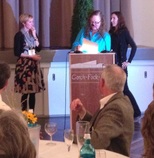 Michelle Stantial received an award for her oral presentation, "Flight behaviors of Piping Plovers Charadrius melodus: implications for risk of collision with turbines and other human structures" at the 37th Annual Meeting of the Waterbird Society in Wilhelmshaven, Germany. Maureen Durkin received honorable mention for presenting, "Waterbird road mortality at Gulf Islands National Seashore, Florida." |
Categories
All
Archives
July 2019
|
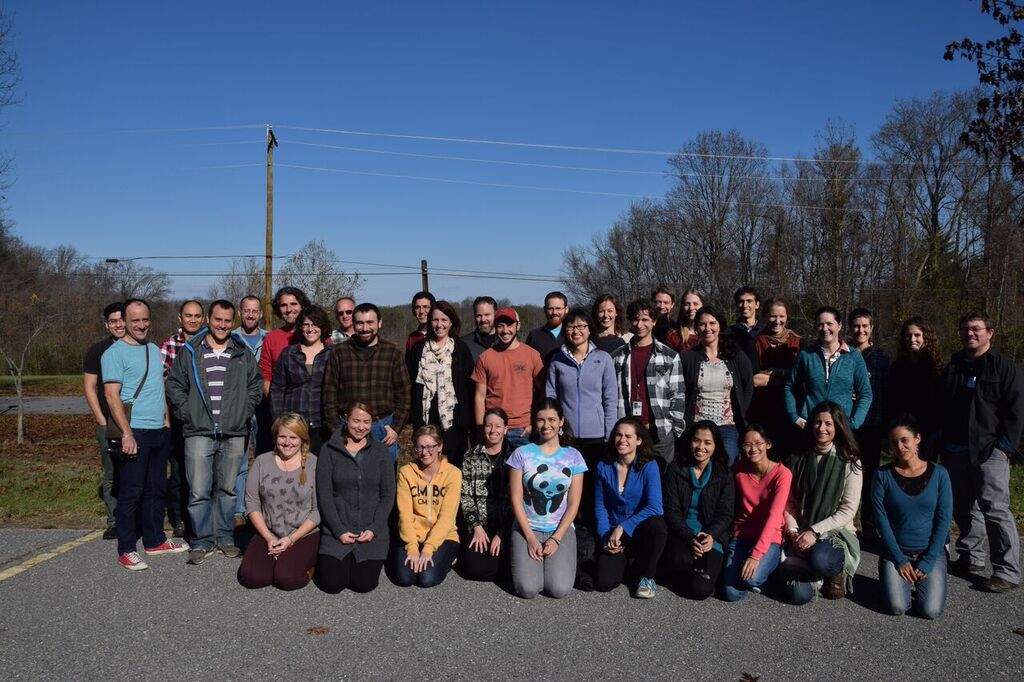
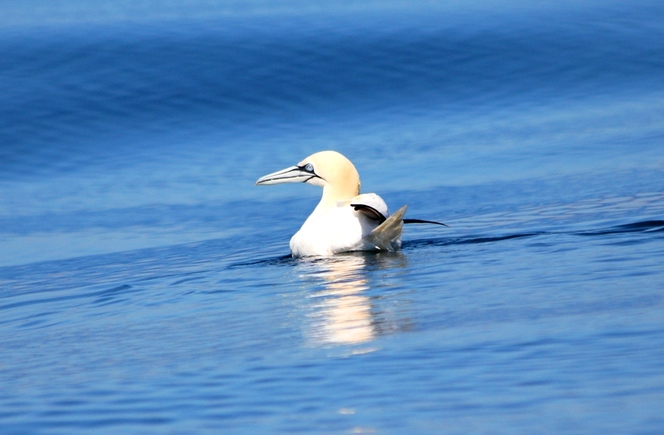
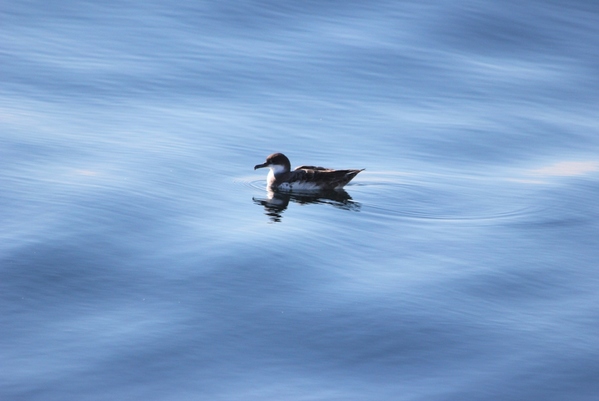
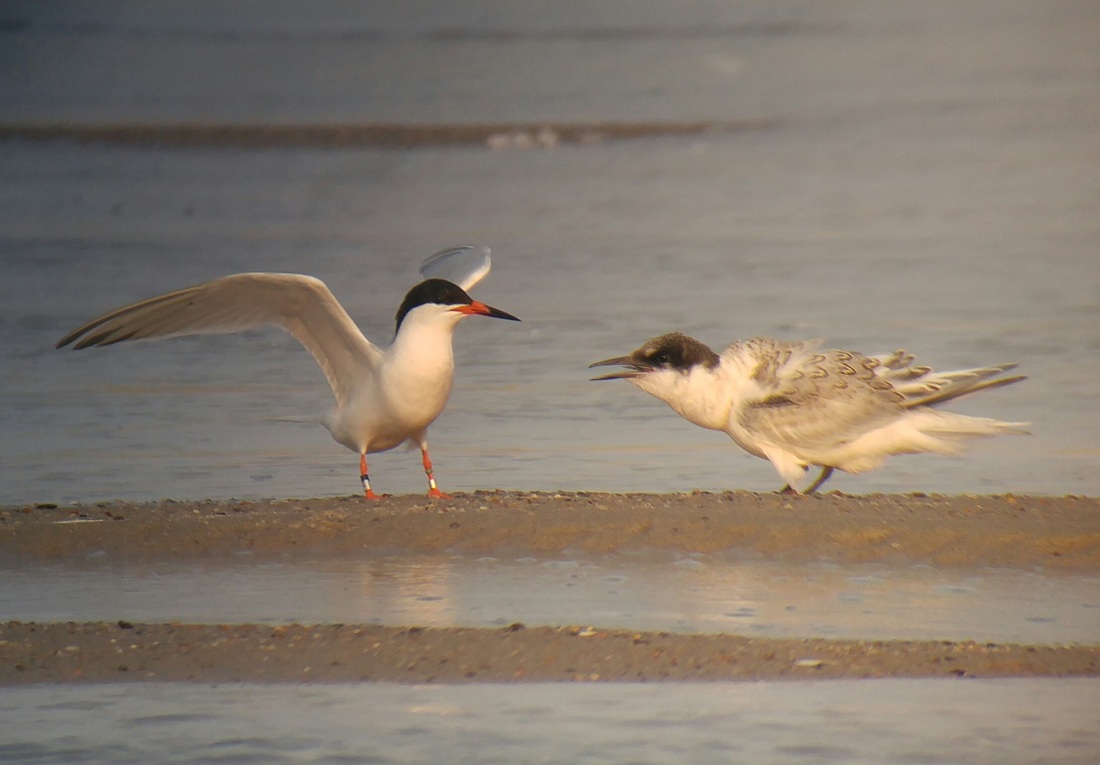
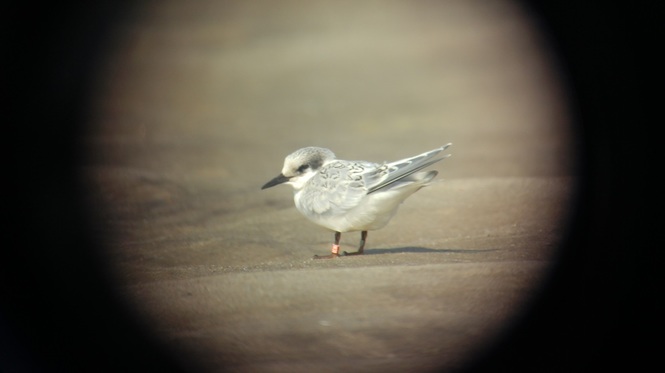
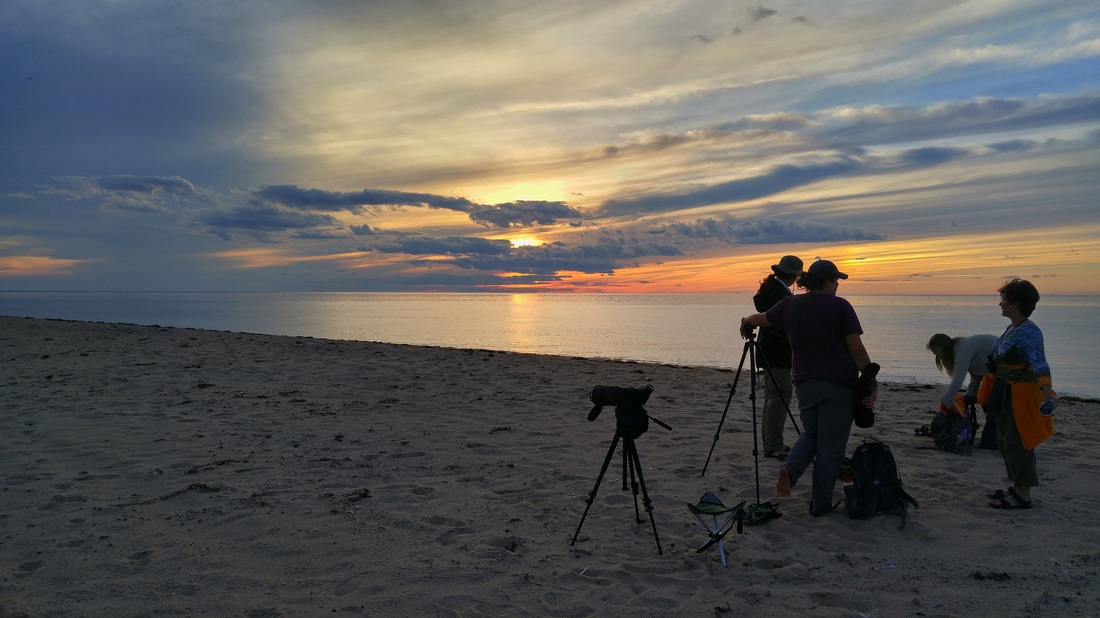
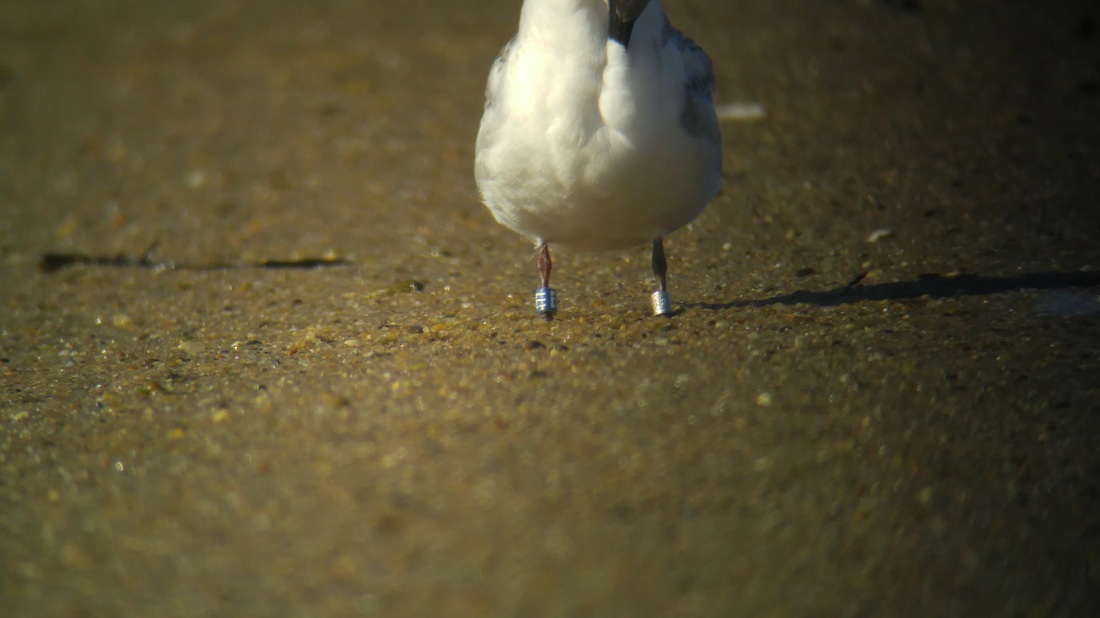
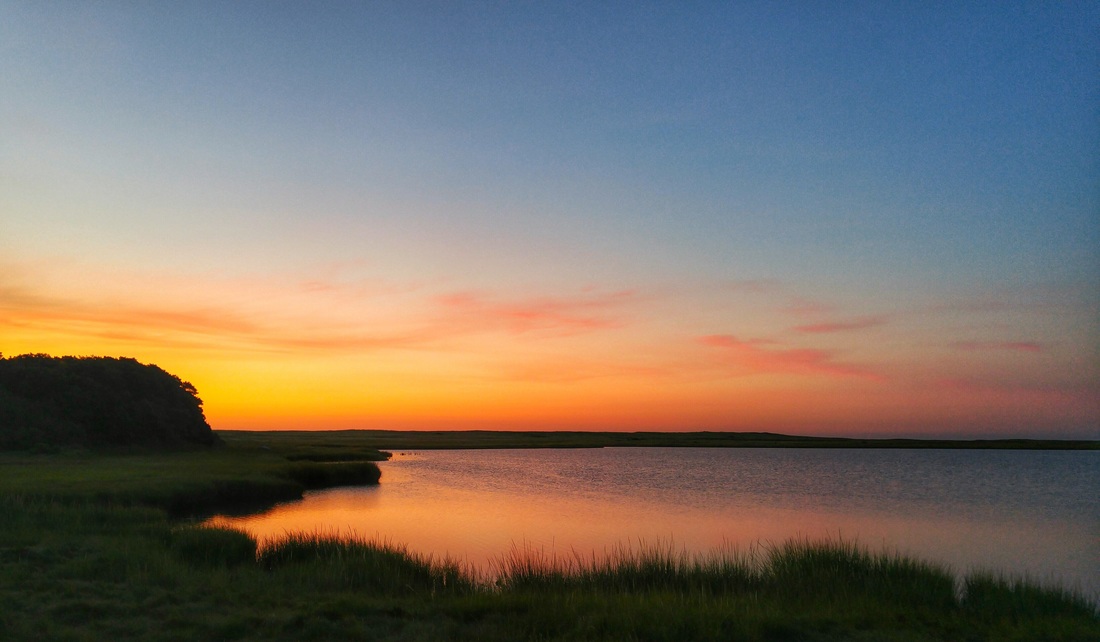
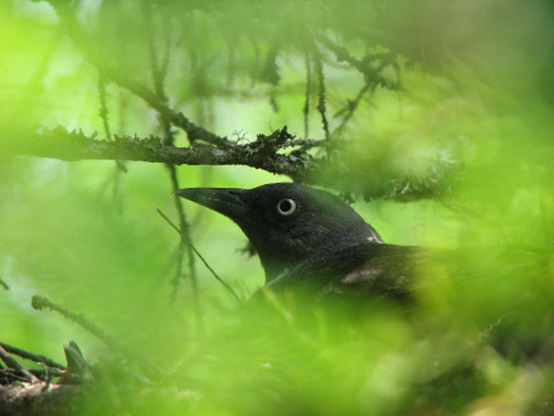
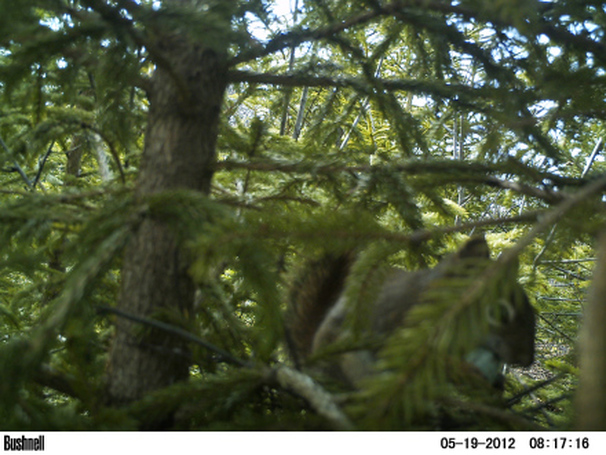
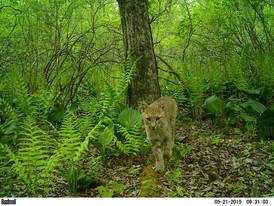
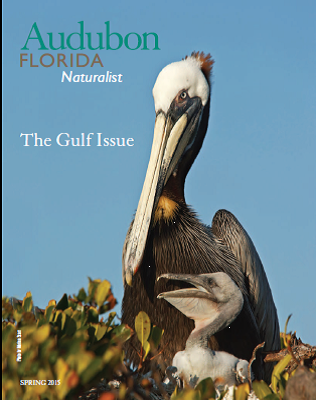
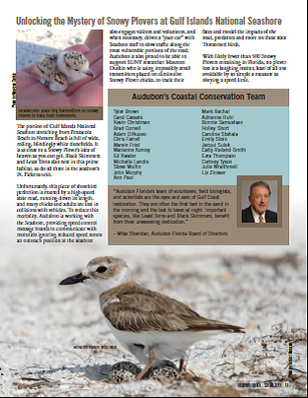
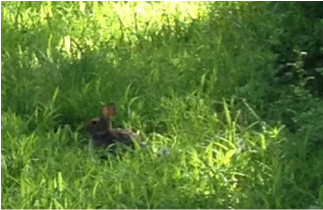

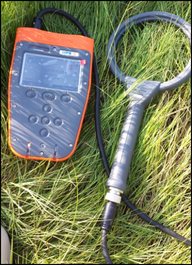
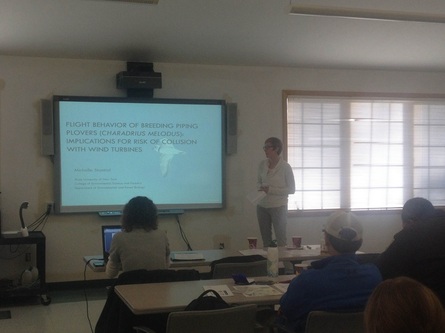
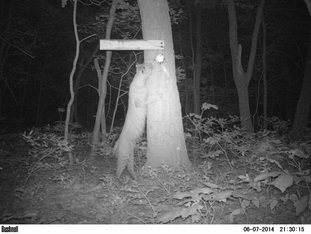

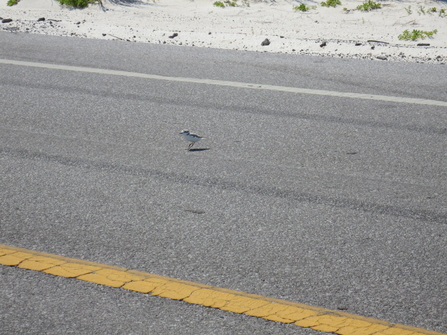
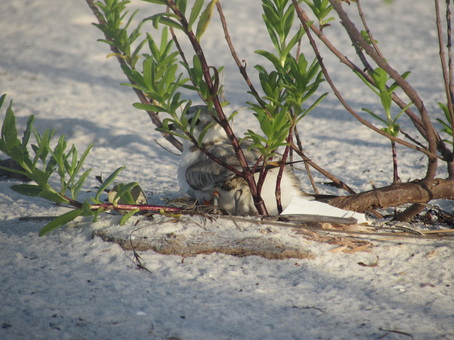
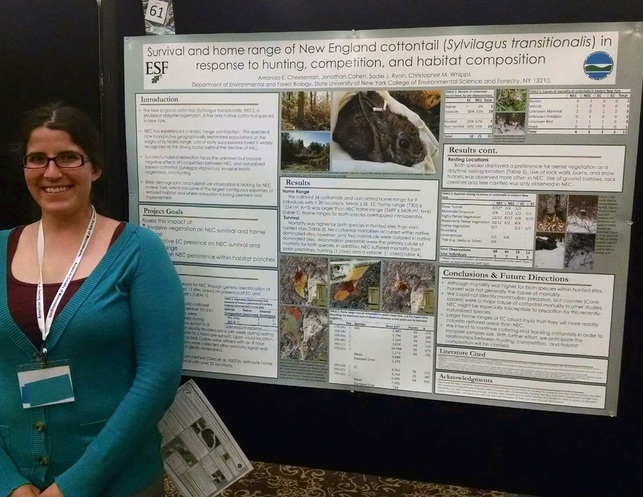
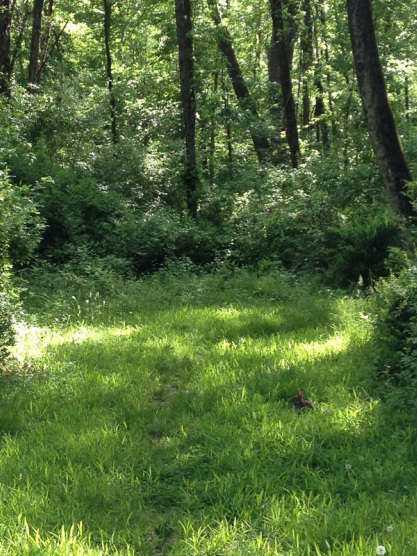
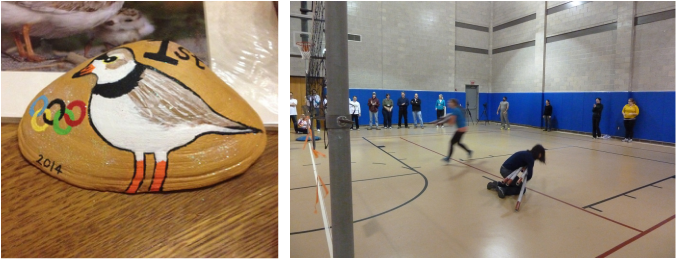
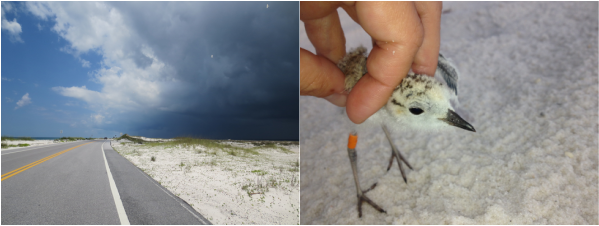
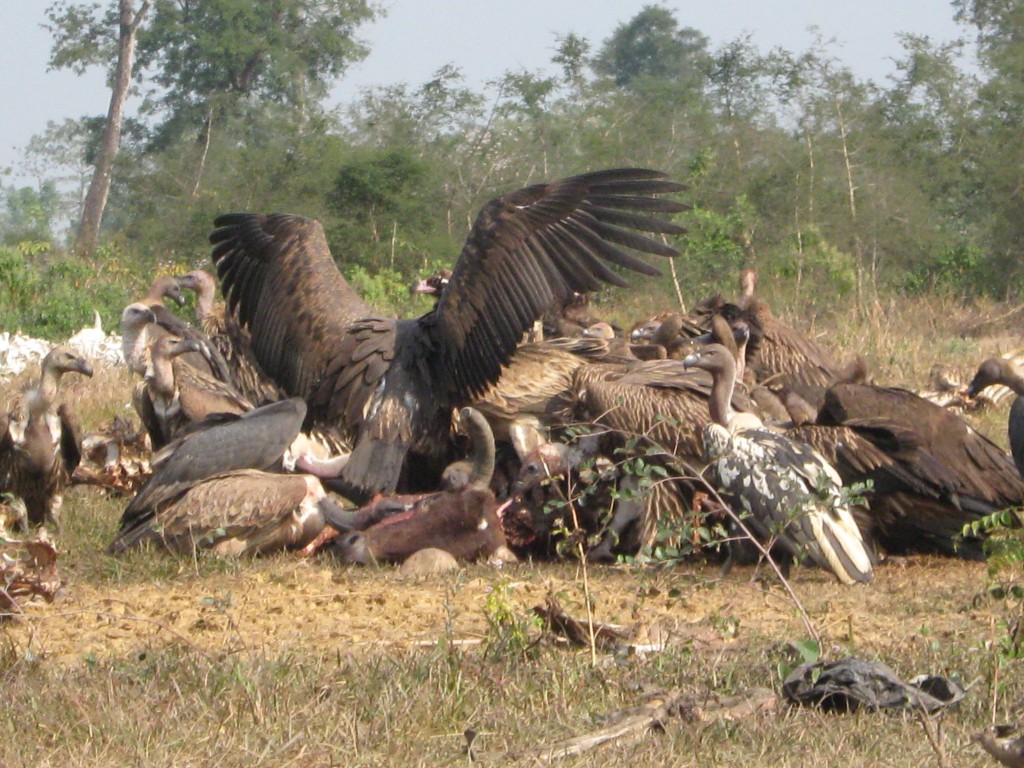
 RSS Feed
RSS Feed
